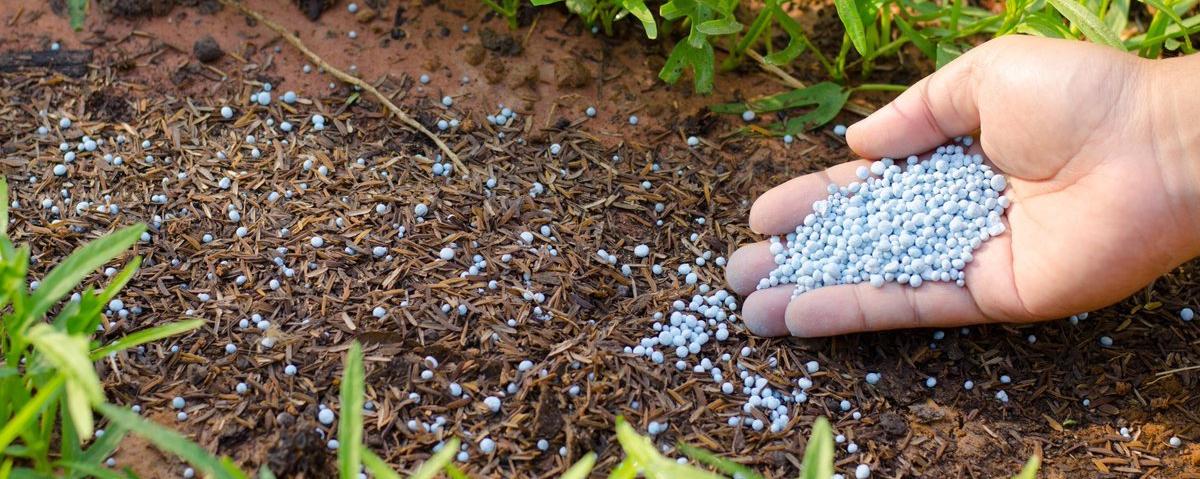Silicon Fertilizers Market Applications in Rice, Sugarcane, and Wheat

The Silicon Fertilizers Market has witnessed increasing interest due to the unique benefits silicon offers to plant growth, resilience, and productivity. Among the many crops cultivated worldwide, rice, sugarcane, and wheat are the most responsive to silicon application. These crops are not only staple foods for billions but also suffer significantly from biotic and abiotic stresses. By improving plant health and yield, silicon fertilizers play a transformative role in sustainable cultivation practices.
This article explores how silicon fertilizers are applied in rice, sugarcane, and wheat farming, the benefits observed, and their market impact.
Why Silicon Matters in Agriculture
Though not traditionally classified as an essential nutrient, silicon has proven to be vital for enhancing crop resistance, strengthening plant structure, and improving overall yield quality. When absorbed by plants—primarily as monosilicic acid—silicon accumulates in cell walls, boosting the plant's ability to withstand diseases, drought, salinity, and heavy metal toxicity.
In crops like rice, sugarcane, and wheat, which are grown intensively across the globe, the need for sustainable yield enhancement makes silicon fertilizer usage highly beneficial.
1. Silicon Fertilizers in Rice Cultivation
Rice is one of the most silicon-demanding crops. It accumulates large amounts of silicon in its tissues, especially in the leaves and husks. In silicon-deficient soils, rice plants are more vulnerable to lodging (falling over), pest attacks, and reduced grain quality.
Benefits of Silicon in Rice:
-
Improved Plant Strength: Silicon strengthens cell walls, making rice stems more rigid and resistant to lodging.
-
Disease Resistance: Silicon enhances resistance to common diseases such as blast and sheath blight.
-
Stress Tolerance: It helps the plant cope with drought and metal toxicity, particularly iron and manganese.
-
Enhanced Photosynthesis: Silica deposits improve leaf angle and light interception, leading to more efficient photosynthesis.
Application Practices:
-
Calcium silicate slag is widely used in paddy fields.
-
Liquid silicon fertilizers are applied during tillering and heading stages.
-
Silicon is often integrated with nitrogen management for improved yield synergy.
Market Insight:
Asia-Pacific countries like China, India, Indonesia, and Vietnam—major rice producers—are increasingly adopting silicon fertilizers to boost yields and reduce chemical pesticide use.
2. Silicon Fertilizers in Sugarcane Farming
Sugarcane, a key cash crop, is vulnerable to a range of pests, diseases, and water stress conditions. Silicon application has proven effective in addressing these challenges while enhancing cane quality.
Benefits of Silicon in Sugarcane:
-
Increased Yield: Improved stalk strength and reduced disease incidence result in higher harvest output.
-
Enhanced Sucrose Content: Silicon improves juice purity and sugar recovery rates.
-
Pest Resistance: Plants treated with silicon show resistance to borers and root grubs.
-
Improved Root Growth: Silicon boosts root development and water/nutrient uptake, essential for long-duration crops like sugarcane.
Application Practices:
-
Granular silicon fertilizers such as calcium silicate are broadcast before planting or during early growth.
-
In some areas, foliar sprays using soluble silicon are applied during stress periods.
Market Insight:
Brazil, India, and Thailand—top sugarcane producers—are key regions for silicon fertilizer use, especially where sugar mills and farming cooperatives drive sustainable practices.
3. Silicon Fertilizers in Wheat Production
Wheat, though less silicon-demanding than rice, benefits from silicon application, especially under stress-prone or degraded soil conditions. With increasing abiotic stress due to climate change, silicon helps maintain wheat yield and grain quality.
Benefits of Silicon in Wheat:
-
Resistance to Lodging: Silicon strengthens stem structure, reducing yield loss due to crop collapse.
-
Drought and Salinity Resistance: Silicon mitigates the impact of water and salt stress by improving water use efficiency.
-
Improved Grain Quality: Enhances protein content and kernel strength.
-
Disease Mitigation: Reduces severity of diseases like powdery mildew and rust.
Application Practices:
-
Soluble silicon is used in foliar sprays during flowering and grain filling.
-
In regions with low soil silicon levels, mineral-based silicon fertilizers are incorporated pre-sowing.
Market Insight:
The use of silicon in wheat is expanding in semi-arid regions, including parts of the U.S., Australia, and northern India, where climate-resilient practices are increasingly important.
Market Dynamics: Crop-Based Adoption
The Silicon Fertilizers Market is closely tied to the adoption patterns of high-volume crops. Here’s how demand varies by crop:
| Crop | Silicon Demand | Adoption Level | Major Regions |
|---|---|---|---|
| Rice | Very High | Widespread | Asia-Pacific, Africa |
| Sugarcane | High | Growing | Brazil, India, Thailand |
| Wheat | Moderate | Emerging | U.S., India, Australia |
Opportunities for Market Growth
-
Government Programs: Support for yield-enhancing inputs in rice and sugarcane farming could fuel silicon fertilizer adoption.
-
Integrated Pest Management (IPM): Silicon plays a role in non-chemical disease and pest control strategies.
-
Climate Adaptation: Silicon fertilizers support climate-resilient agriculture, a growing priority in both developed and developing countries.
-
Organic and Sustainable Farming: Demand is increasing for inputs like silicon that align with eco-conscious practices.
Challenges to Address
-
Limited Awareness: Many farmers are still unfamiliar with silicon’s specific benefits in these crops.
-
Cost Sensitivity: Price differences between conventional and silicon fertilizers can deter adoption without proper education on ROI.
-
Availability: Distribution remains uneven, particularly in remote farming areas.
Conclusion
The applications of silicon fertilizers in rice, sugarcane, and wheat farming highlight their critical role in modern agriculture. By improving crop resilience, productivity, and quality, silicon fertilizers contribute significantly to sustainable farming goals. As awareness grows and market access expands, the Silicon Fertilizers Market is expected to see widespread adoption, particularly in regions dependent on these major crops.
- Art
- Causes
- Crafts
- Dance
- Drinks
- Film
- Fitness
- Food
- Juegos
- Gardening
- Health
- Home
- Literature
- Music
- Networking
- Other
- Party
- Religion
- Shopping
- Sports
- Theater
- Wellness


